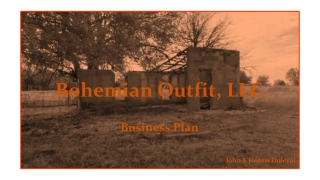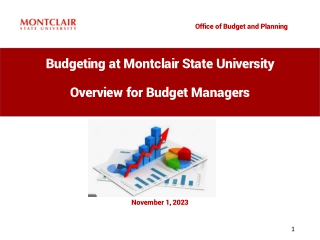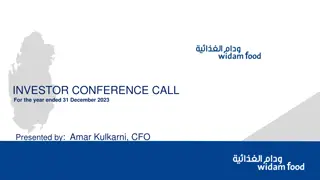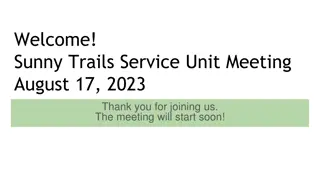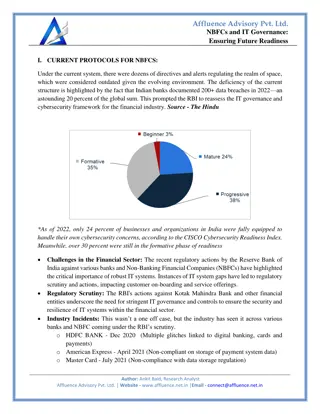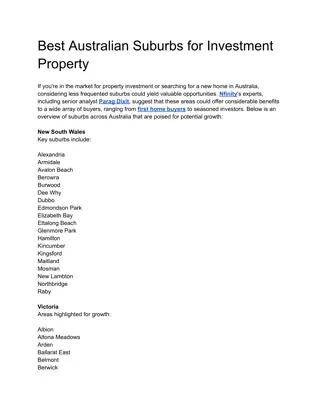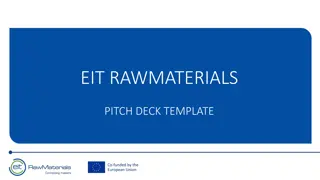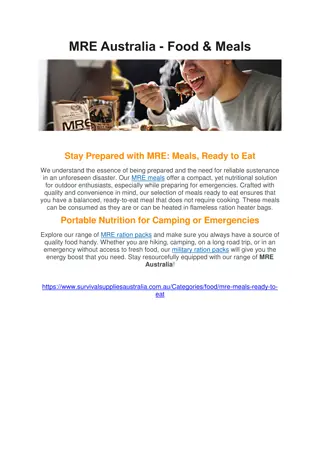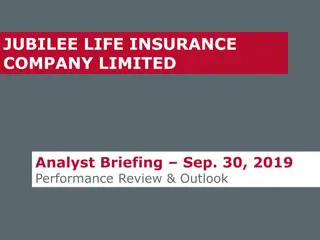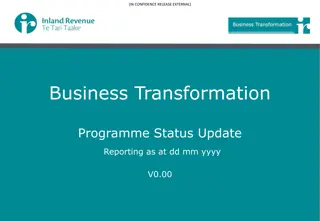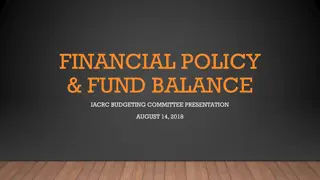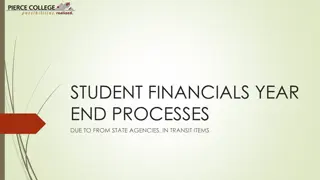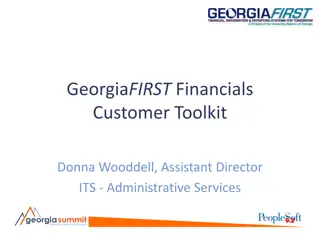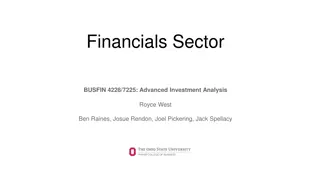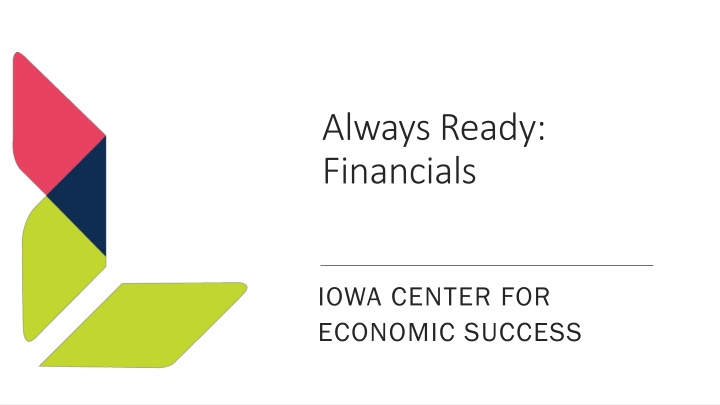
Empowering Financial Success Through Education, Capital, and Networking
"Iowa Center for Economic Success is dedicated to empowering individuals to secure their financial futures through business ownership and investment. Their programs focus on education, capital, and networking to help people succeed, prosper, and thrive. Explore topics like financial statements and learn how to manage your finances effectively."
Download Presentation

Please find below an Image/Link to download the presentation.
The content on the website is provided AS IS for your information and personal use only. It may not be sold, licensed, or shared on other websites without obtaining consent from the author. If you encounter any issues during the download, it is possible that the publisher has removed the file from their server.
You are allowed to download the files provided on this website for personal or commercial use, subject to the condition that they are used lawfully. All files are the property of their respective owners.
The content on the website is provided AS IS for your information and personal use only. It may not be sold, licensed, or shared on other websites without obtaining consent from the author.
E N D
Presentation Transcript
Always Ready: Financials IOWA CENTER FOR ECONOMIC SUCCESS
Iowa Center for Economic Success Our Why Our Why The Iowa Center is committed to empowering people to strengthen and stabilize their financial futures through business ownership and investment. It is our belief that to be successful in small business, one needs support in three core areas: education, capital, and networking. We have built key programs that support those core areas and empower individuals to succeed, families to prosper, and communities to thrive. Success to us is people supporting themselves and their families through the execution of their own ideas. Mission Mission Our mission is to empower Iowans with the potential to succeed as they pursue opportunities for financial success. Priorities Priorities Education Capital Networking
Agenda of Topics Financial Statements Financial Statements what are these exciting documents? Budgeting Budgeting predicting the future!? Recordkeeping Recordkeeping keeping track of all the boring stuff. Taxes and Compliance Taxes and Compliance playing by the rules.
Financial Statements Income Statement Income Statement record sales (revenue) and expenses Balance Sheet Balance Sheet reports assets (what you OWN) and liabilities (what you OWE) Cash Flow Statement Cash Flow Statement records cash received and paid by the business.
Financial Statements (cont.) Income Statement Income Statement record sales (revenue) and expenses during a period of time. Revenues amount received from selling goods or services. Not money contributed by owner. Expenses amounts incurred to operate/run business. Difference is profit or net income. Example transactions
Financial Statements (cont.) Income Statement Income Statement Provided services to customers for: $5,000 Incurred expenses in running business in amount of: $3,000
Financial Statements (cont.) Income Statement Income Statement Revenue $5,000 Expenses 3,000 Net Income 2,000
Financial Statements (cont.) Income Statement Income Statement where does a business get this information from? For historical income statement info comes from back statement and business credit card. For budgets from market research about customers and competition as well as estimating necessary costs/expenses.
Financial Statements (cont.) Balance Sheet business as a point in time. Assets items owned by the business Liabilities amounts owed by the business. Equity difference between Assets and Liabilities. Represents the owner s share of business. Example transactions
Financial Statements (cont.) Balance Sheet Cash $2,000 from the net proceeds (net income) from running business. Owner invested $5,000 in capital to get business going. Took out a loan for $10,000 from bank for investment and working capital. Bought a piece of equipment for $6,000
Financial Statements (cont.) Balance Sheet Assets: Liabilities Cash 11,000 Note Payable 10,000 Equipment 6,000 Owner s Equity 7,000 Total Assets $17,000 Total Liab & Equity 17,000
Financial Statements (cont.) Balance Sheet Owner s Equity also called Owners Capital Account. This account reflects several things. Each owner s investment in the business. Increase. Each owner s share of the business s profits. Increase. Each owner s distribution of business profits. Decrease.
Financial Statements (cont.) Cash Flow Statement Cash Flow Statement for a period of time. Cash Received during the period any cash received from customers to loans, to owner investments. Cash Paid during the period any cash paid from bills to repaying a loan to withdraws from owner. Example transactions
Financial Statements (cont.) Cash Flow Statement Cash Flow Statement Cash In: 5,000 from customers; 5,000 from owner; 10,000 from bank loan. Cash Out: 3,000 for operating bills/expenses; 6,000 for equipment
Financial Statements (cont.) Cash Flow Statement Cash Flow Statement Cash Collected: $20,000 Cash Paid: 9,000 Change in Cash $11,000 Beginning Cash 0 Ending Cash $11,000
Financial Statements (cont.) Cash Flow Statement Cash Flow Statement For many small businesses Cash Flow and Net Income are similar. This is true where most sales cash sales, not credit sales And where most purchases are paid for in cash at the time of the purchase And where business does not carry much inventory.
Budgeting Why take the time to prepare projections? Business Plan Loan Requirement Better business management
Budgeting (cont.) The process of preparing a budget Start with known expenses Rent, booth fees, supplies, travel, etc. Then move to estimated revenue Break down estimated revenue as much as possible By service, products, sales channel
Budgeting (cont.) A Few Additional Ideas on Budgets Great for providing a roadmap. Use to mitigate issues when your performance is not meeting the budget. Use to examine deviations after the year and use that information for future strategies. Can also develop a budget similar to this when bidding on a large project.
Recordkeeping Keep separate accounts for business and personal. Your bank account should provide the detail for your revenue and many of your expenses. Your business credit card will provide detail for the rest of your expenses.
Taxes and Compliance Sales Tax collected on most goods and some services The seller s responsibility to collect and remit. 6% base tax with a 1% local option in most jurisdictions. Remission either monthly or annually. https://tax.iowa.gov/iowa-sales-and-use-tax-taxable-services
Taxes and Compliance (cont.) Sales Tax to get a sales tax permit, must get EIN number (or Social Security number) To Register with State of Iowa: https://govconnect.iowa.gov/tap/_/#0 To apply for an EIN: https://irs.taxid-us.com/
Taxes and Compliance (cont.) Income Taxes Activities of business are reported on Schedule C and then flow thru to the 1040. This is why it is important to keep good records. Schedule C is basically an Income Statement for business. Link to Schedule C: www.irs.gov/pub/irs-pdf/f1040sc.pdf


